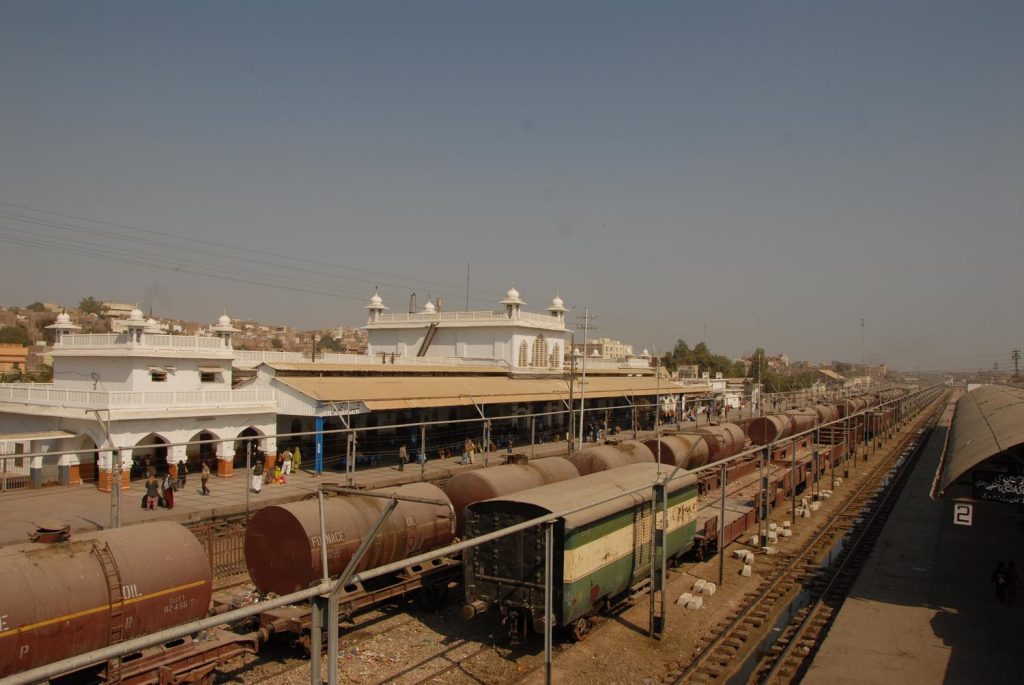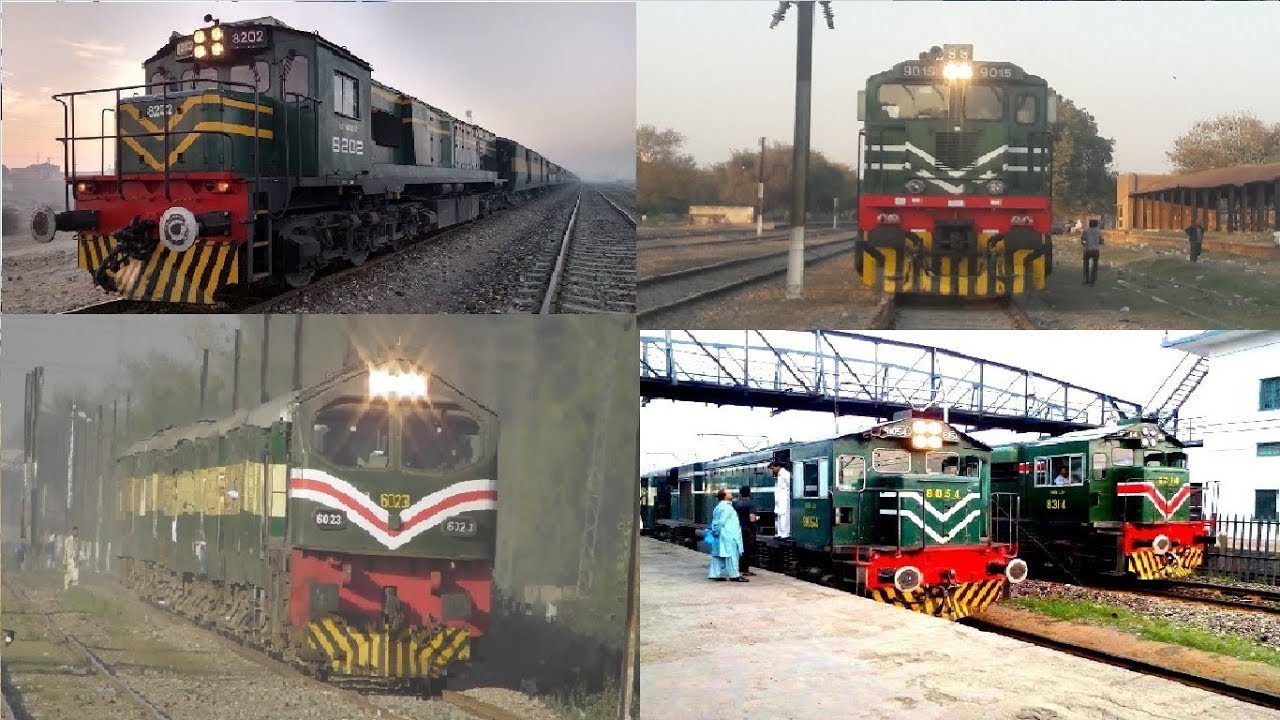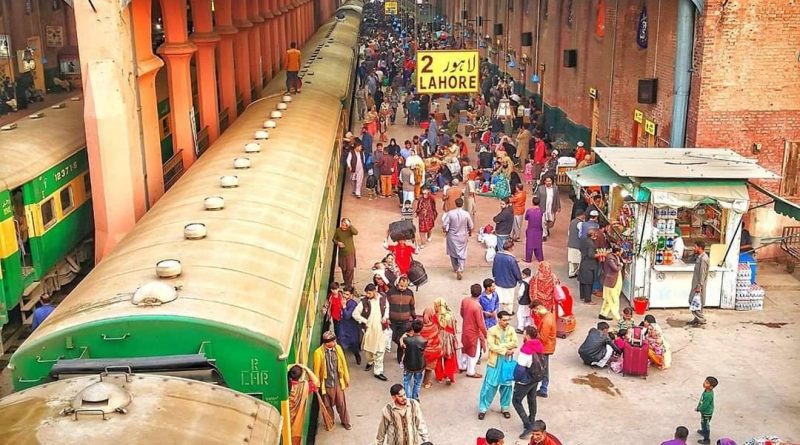Lahore Railway Station
Contents
- 1 A Glimpse into Lahore Junction
- 1.1 Introduction:Pakistan Lahore Railway Station, a land of diverse landscapes and rich cultural heritage, boasts a railway network that weaves through its bustling cities and picturesque countryside. Among the many railway stations that dot the map, Lahore Junction stands out as a testament to the country’s architectural prowess and historical significance. Let’s embark on a journey to explore why Lahore Junction is hailed as Pakistan’s best railway station.
- 1.2 Historical HeritageLahore Junction, with its majestic facade and intricate architecture, is a living chronicle of Pakistan’s history. Constructed during the British colonial era in the 19th century, the station has witnessed the ebb and flow of time, playing a pivotal role in connecting different regions of the country. The station’s heritage is a blend of Mughal and Victorian architectural styles, reflecting the cultural diversity that defines Pakistan.
- 1.3 Architectural Grandeur:1The Lahore Junction’s architectural grandeur captivates visitors from the moment they set foot inside the station. The imposing red-bricked structure, adorned with arches and domes, exudes an aura of timeless elegance. The intricate carvings and detailing on the walls showcase the craftsmanship of yesteryears, making it a visual treat for architecture enthusiasts.Beyond its practical function, Lahore Junction has evolved into a cultural hub. The station precincts often host art exhibitions, music performances, and cultural events, showcasing the vibrancy of Pakistan’s artistic and cultural.
- 2 Conclusion:
- 3 Lahore Railway Station
- 4 1. Architectural Marvel
- 5 2. Historical Significance:
A Glimpse into Lahore Junction

Introduction:
Pakistan Lahore Railway Station, a land of diverse landscapes and rich cultural heritage, boasts a railway network that weaves through its bustling cities and picturesque countryside. Among the many railway stations that dot the map, Lahore Junction stands out as a testament to the country’s architectural prowess and historical significance. Let’s embark on a journey to explore why Lahore Junction is hailed as Pakistan’s best railway station.

Historical Heritage
Lahore Junction, with its majestic facade and intricate architecture, is a living chronicle of Pakistan’s history. Constructed during the British colonial era in the 19th century, the station has witnessed the ebb and flow of time, playing a pivotal role in connecting different regions of the country. The station’s heritage is a blend of Mughal and Victorian architectural styles, reflecting the cultural diversity that defines Pakistan.
Architectural Grandeur:1
The Lahore Junction’s architectural grandeur captivates visitors from the moment they set foot inside the station. The imposing red-bricked structure, adorned with arches and domes, exudes an aura of timeless elegance. The intricate carvings and detailing on the walls showcase the craftsmanship of yesteryears, making it a visual treat for architecture enthusiasts.
Beyond its practical function, Lahore Junction has evolved into a cultural hub. The station precincts often host art exhibitions, music performances, and cultural events, showcasing the vibrancy of Pakistan’s artistic and cultural.
Conclusion:
Lahore Junction, with its rich historical legacy, architectural splendor, modern amenities, and cultural significance, stands tall as Pakistan’s best railway station. It not only serves as a practical transportation hub but also represents the nation’s journey through time. As travelers pass through its gates, they embark on a journey not just across landscapes but through the annals of Pakistan’s diverse and vibrant history.
Pakistan boasts several remarkable railway stations, each with its unique architectural charm and historical significance. One of the most iconic railway stations in the country is the Lahore Railway Station, often hailed as the “Grand Old Lady” due to its impressive structure and rich heritage.
Lahore Railway Station
1. Architectural Marvel
- The Lahore Railway Station, constructed during the British colonial era in the late 19th century, showcases a splendid blend of Mughal and Gothic architectural styles.
- The red-bricked structure, adorned with intricate carvings and arches, stands as a testament to the architectural prowess of that era.
2. Historical Significance:
- Lahore Railway Station holds historical significance as it played a crucial role in the transportation network of undivided India.
- It served as a major hub for trains connecting different parts of the subcontinent, witnessing the ebb and flow of passengers during the pre-independence period.
3. Heritage Preservation:
- Efforts have been made to preserve the heritage of Lahore Railway Station. The restoration work has aimed to maintain the authenticity of the architecture while ensuring the station’s functionality.
- The station has managed to retain its old-world charm while embracing modern amenities to cater to the needs of contemporary travelers.
- While preserving its historical charm, Lahore Railway Station has also adapted to modern needs. It now features updated facilities, including ticketing systems, waiting areas, and other amenities to enhance the overall travel experience.
7. Cultural Events:
- The Lahore Railway Station occasionally hosts cultural events, further integrating itself into the city’s cultural fabric. These events bring people together and add to the station’s allure.
Exploring the Lahore Railway Station provides not only a glimpse into Pakistan’s colonial history but also an opportunity to witness the convergence of tradition and modernity in a bustling urban center. It stands not just as a transportation hub but as a living testament to the country’s diverse and vibrant cultural heritage.
